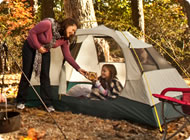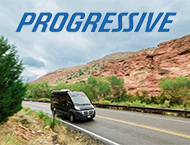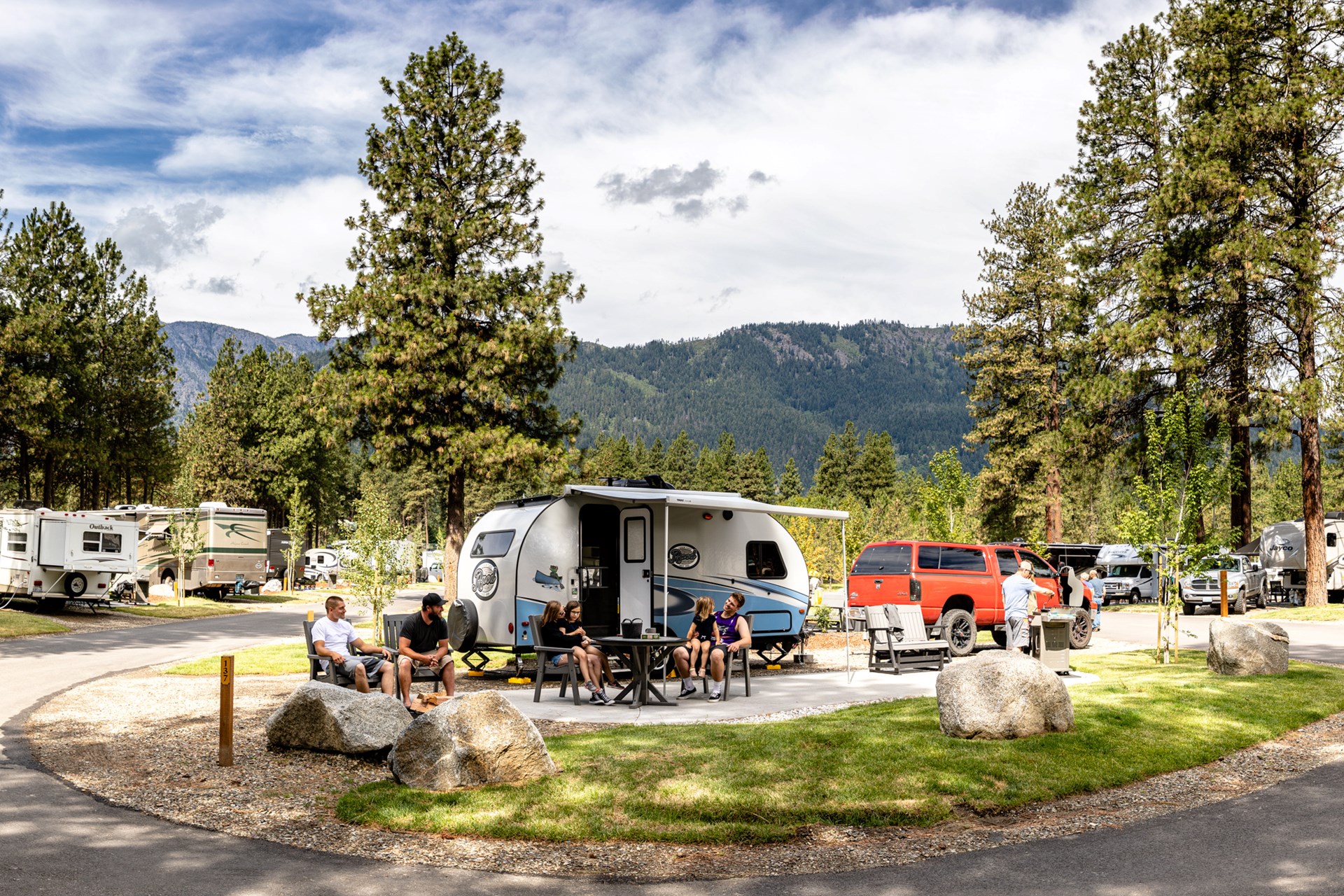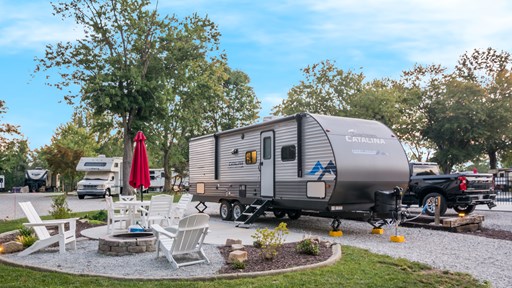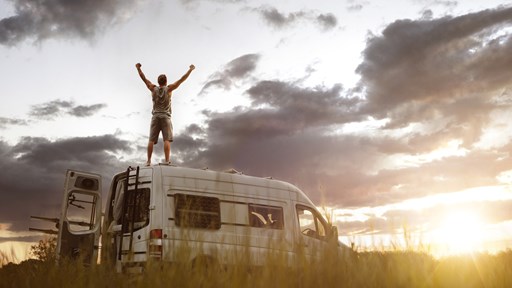Idiom-wise, “good things come in small packages” is now a lot more pertinent than “go big or go home.” In fact, according to a recent study conducted by the National Association of Homebuilders, downsizing is one of the top trends of 2024. And we’re not just trading McMansions for tiny homes. In lieu of Class A motorhomes and trailers big enough to get lost in, more travelers are opting for smaller RVs. There’s even a new category: micro campers.
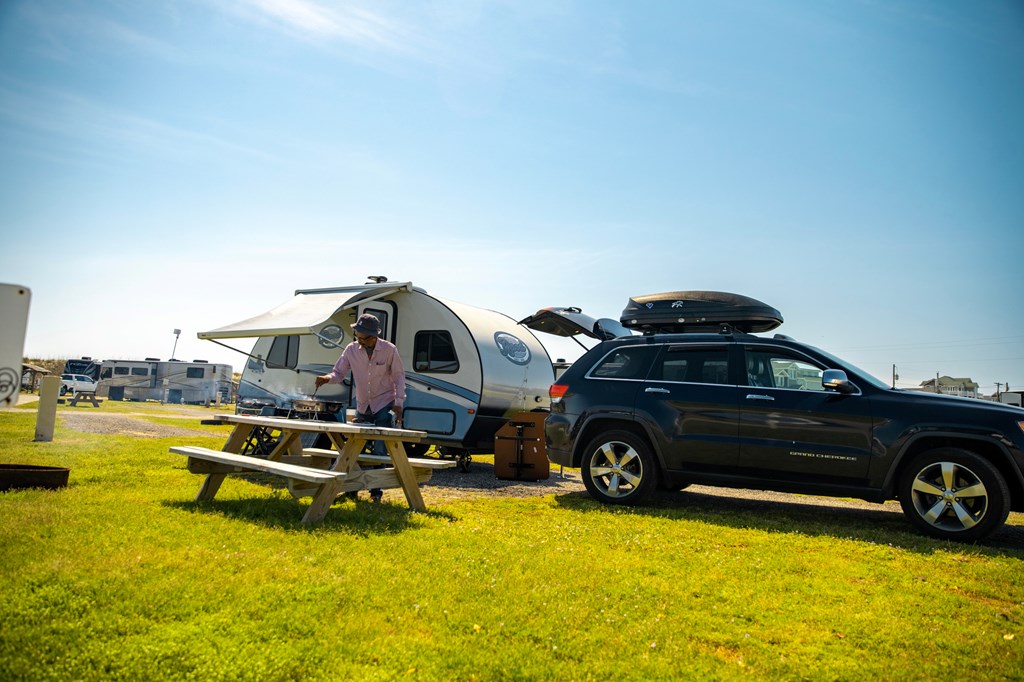
What are Micro Campers?
Merriam-Webster doesn’t have a micro camper entry (yet), but most camping websites loosely define micro campers as “ultralight.” Typically, they’re trailers that weigh less than 4,000 lbs. and are designed for two people. Three is pushing it. Of course, what one brand considers micro, another might consider massive. For example, Jayco’s Feather Micro 199MBS Trailer is so spacious it sleeps up to eight. And Winnebago’s smallest Micro Minnie is still nearly 20 feet long. But if you’re looking for a real micro camper – as in one that will turn heads (and hurt yours if you try to stand up in it) – you’ll have to seek out manufacturers specializing in bite-size, not fun-size. I.e. Picture a rig that fits in your garage and doesn’t warrant taking up three parking spots.
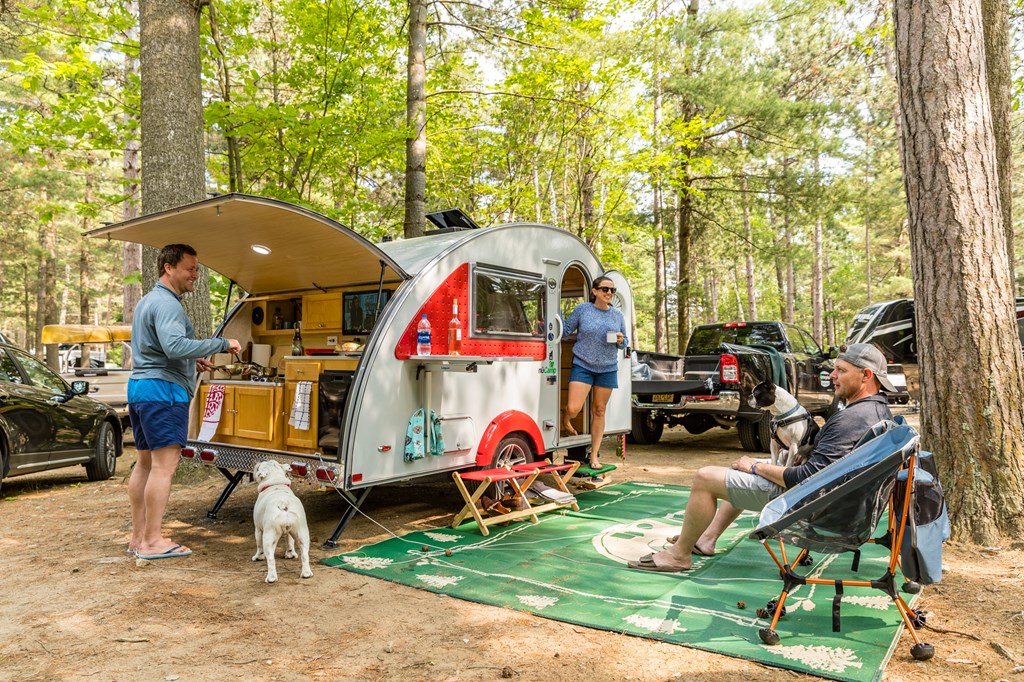
Who Makes Micro Campers?
The home of the brave is the land of the Ford, not the Fiat. Still, several American companies, including Colorado-based Timberleaf Trailers and Ohio’s nuCamp, make micro-campers you can easily pull with an SUV. Happier Camper, headquartered in Los Angeles, even makes this 1,000-lb. trailer, which can be safely towed by “most cars.” Meanwhile, in Japan, it’s crouching room-only for new car-sized camper vans, including the Quokka (from $23,000), which features a cozy cabin interior made of cypress wood from Mt. Fuji. And in Germany, Sportcaravan is preparing to roll out the Cube 1 (from $14,000). Despite weighing less than 800 pounds – which means it’s light enough to be towed by an electric car – this pint-sized trailer sleeps up to four people and is so well-insulated that you can use it in winter. Of course, you can also make your own micro camper. Last year, Youtubers Jeff and Chris from the Dangie Bros built a camper designed to be towed by a bicycle. Spoiler alert: it was a bit of a bust.
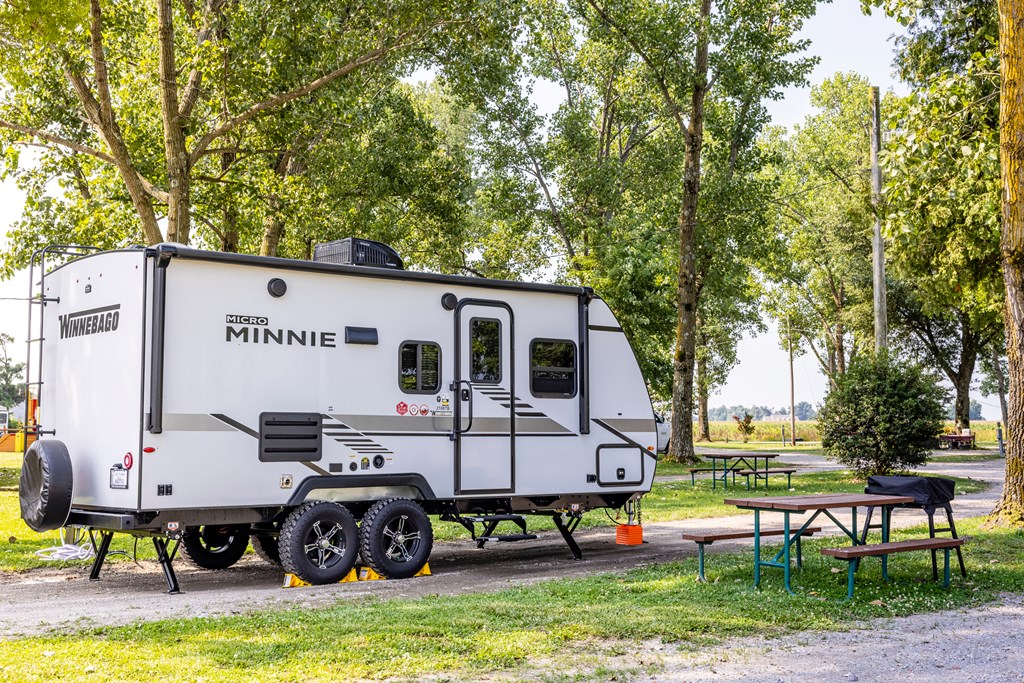
What Are the Cons of Micro Campers?
If you’re at all claustrophobic, you probably shouldn’t invest in a micro camper (unless you’re doing exposure therapy). Every centimeter is accounted for in a micro camper, so you’ll also have to be a light packer and leave all your big toys at home. And most true micro campers don’t come with standard RV amenities like kitchens and bathrooms. At that point, they’re basically hard-sided tents. But unlike tents, which pack down and can fit in the trunk of your car, micro campers need to be towed or driven. Another downside? Because a micro camper is so user-friendly and can be towed by pretty much any SUV, friends and family will definitely be asking to borrow it.
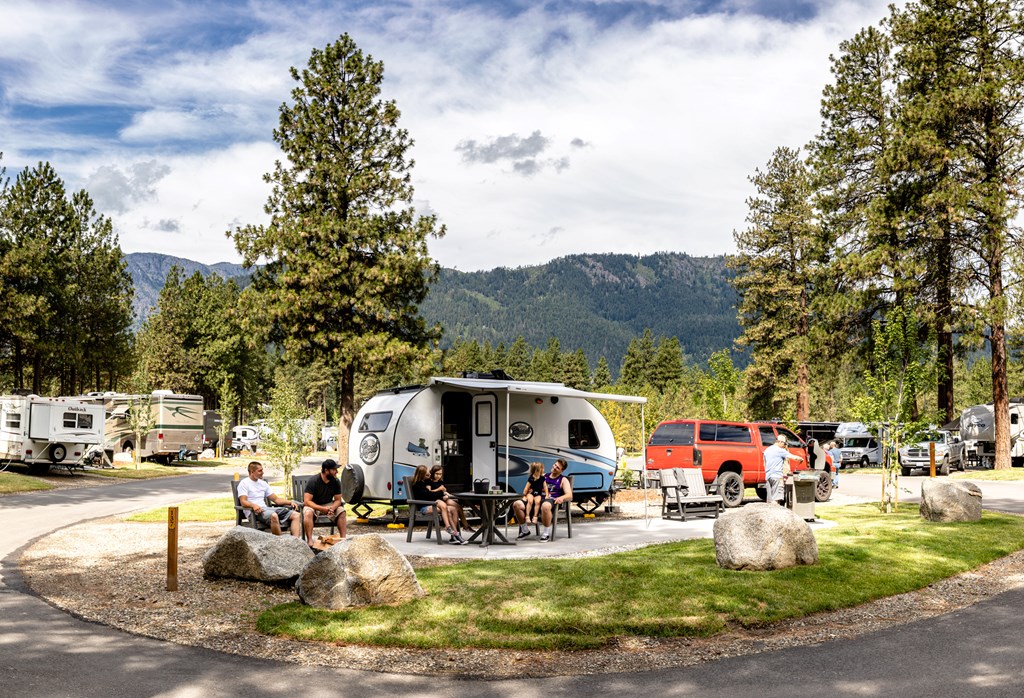
What Are the Pros of Micro Campers?
What micro campers lack in space, they more than makeup for with convenience. For starters, they usually don’t require a special license. Plus, they’re easier to park, and you no longer need to white-knuckle it when driving under bridges or through tunnels. Most importantly, because they’re so light, you’ll get much better gas mileage. For every extra 100 pounds of weight, your fuel efficiency decreases by 2 percent. With fewer bells and whistles, micro campers can also be cheaper to maintain, fix and insure. And you shouldn’t have to shell out big bucks for a large storage unit. But perhaps the biggest benefit of micro campers is how they gently encourage (or force, depending on how you look at it) you to spend more time outdoors. After all, isn’t that what camping is all about?
 Katie Jackson is a writer and media specialist based in Montana’s Big Sky Country. Living and working everywhere from New York to Nicaragua, Katie is no stranger to adventure. When she’s not traveling the world (or writing about it!) she’s busy chasing after a Leonberger named Zeus. Follow Katie’s travels on Instagram @katietalkstravel.
Katie Jackson is a writer and media specialist based in Montana’s Big Sky Country. Living and working everywhere from New York to Nicaragua, Katie is no stranger to adventure. When she’s not traveling the world (or writing about it!) she’s busy chasing after a Leonberger named Zeus. Follow Katie’s travels on Instagram @katietalkstravel.











